
A sustainable city is one that has been adapted or designed to manage and mitigate its social, economical and environmental impact. Inhabitants of these cities should expect protection of their human rights and a high-standard quality of life. Sustainability for a city means safeguarding its future. This requires a commitment to protecting flora and fauna within the city, as well as minimizing negative impact on larger world ecosystems. Reaching the goals of sustainability is complicated by the rise in urban living, industrial development and other factors. Some cities are considered more sustainable than others.
At thedailyECO, we ask what are the most sustainable cities in the world? We also discover how cities are able to meet sustainability targets and ensure a healthy social, economic and environmental future for their inhabitants.
What is a sustainable city?
A sustainable city is one that provides a good quality of life for its inhabitants, guaranteeing their rights in doing so. This requires providing safeguards for the city's social, economic and environmental well-being. This is an approach which doesn't negate profit and productivity, but which safeguards human ecosystems during planning, development and expansion of city infrastructure.
Various aspects of city development are influenced by sustainable practices. These include access to housing, health services, education, drinking water, sanitation, food security and public transport.
A sustainable city also identifies and reduces the vulnerabilities of its population. It also better ensures a healthy future by increasing its adaptive capacity to mitigate the adverse impacts generated by climate change. At the same time, sustainable cities create a space of cultural belonging where strong ties are established across generations, promoting gender equality and ensuring effective participation for minorities and access to decision-making.
Applying sustainable measures to city infrastructure is a relatively recent concept, elicited by the increasingly deleterious effects of climate change. There are examples of cities being built with sustainability goals in place from the beginning, but the vast majority require adaptations to better ensure social, economic and environmental safeguards.
Learn more with our article explaining what is a green city.
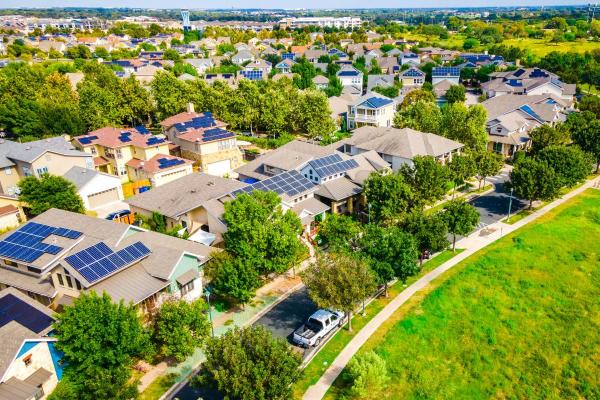
Characteristics of sustainable cities
For a city to meet the definition of being sustainable, it needs to have certain tenets in place. These include the following characteristics:
- Household waste management: sustainable cities reduce the amount of waste that reaches final disposal through different recovery processes such as reuse and recycling.
- Promotion of the circular economy: a circular economy is a resource model where dominant patterns of production and consumption are modified to ensure as little waste is generated as possible. This is done by ensuring as much waste as possible can be used as new resources or reintroduced into the market.
- Energy efficiency: some cities implement technologies that seek to reduce consumption and optimize the use of energy, with the aim of reducing greenhouse gas emissions.
- Sustainable mobility: cities promote sustainable mobility through the use of cycle paths and public transport, avoiding the dependence on private cars. They also encourage walking and exercise to improve the quality of life of citizens.
- Sustainable urban planning: sustainable cities are based on strategic planning that organizes and designs urban infrastructure with the aim of establishing a balance between social, economic and environmental needs. This approach seeks to improve the quality of life of citizens through orderly, functional and inclusive development, prioritizing their well-being without compromising the resources of future generations.
- Conservation of green spaces: which contribute to the mental health and well-being of the population. At the same time, they reduce the temperature of urban heat islands and constitute refuges for urban biodiversity.
- Citizen participation and governance: citizen participation and effective and transparent governance are essential elements for the development of these cities. Citizens must participate in decision-making and city management.
It is important to note that no city is completely sustainable. These initiatives are relatively recent and their development has faced various impediments. However, some cities have used political influence and improved resource management to improve sustainability. Below, we share the cities that best meet this remit by sharing the 10 most sustainable cities in the world.
Copenhagen (Denmark)
Characterized by the high quality of life it offers its citizens, the Danish capital stands out for its many sustainability initiatives. These include extensive cycle paths, green spaces and ensuring public safety. According to its Climate Plan, it aims to be the first carbon dioxide-neutral city in the world by 2025[1].
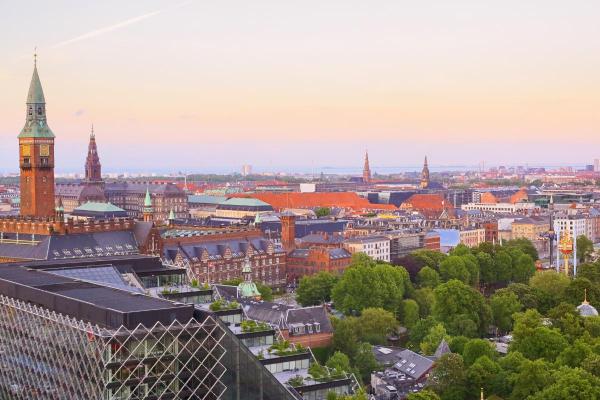
Stockholm (Sweden)
Scandinavian countries are world leaders in terms of sustainability, often leading the way in global initiatives for addressing climate change. Recognized as one of the cleanest capitals in Europe, Stockholm uses great innovation to become such as sustainable city.
Stockholm's electric public transport system and extensive network of parks are key examples of its environmental commitment. It was the first city to implement an urban toll to reduce traffic and carbon emissions. It was awarded by the European Union in 2010 for being the first Green City in Europe that combines the principles of the circular economy with other policies promoted by its government.
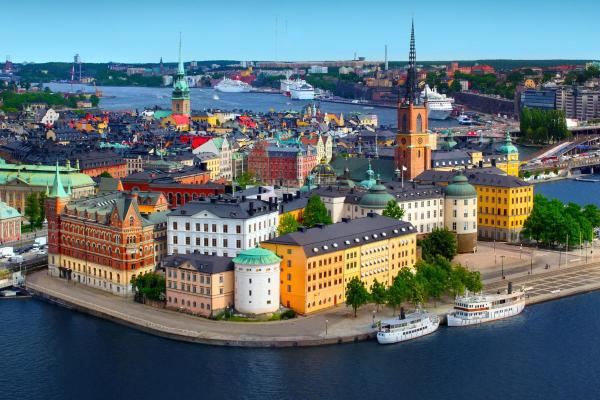
Amsterdam (Netherlands)
Amsterdam has more bicycles than people and an infrastructure fully adapted to this mode of transport. The city is also a pioneer in clean energy, with neighborhoods that run almost entirely on renewable sources and buildings designed to energy efficiency standards.
Discover more about one type of sustainable energy source with our article asking what is biomass energy?
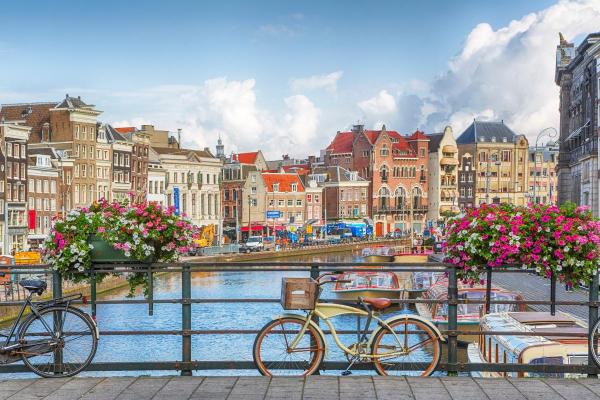
Vancouver (Canada)
This Canadian city is a benchmark for sustainability in North America thanks to its use of hydroelectric power, the protection of its urban forests and strict environmental regulation. Its Greenest City 2020 plan promoted the creation of more green spaces and significantly reduced greenhouse gas emissions[2].
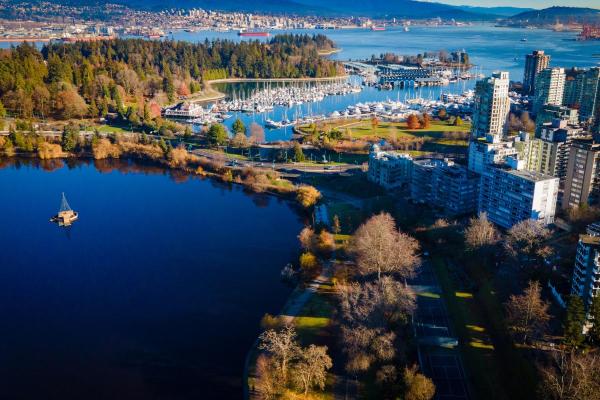
Zurich (Switzerland)
Zurich stands out for its focus on sustainable mobility, with an extremely efficient public transport system and the encouragement of cycling and walking. The city also promotes energy efficiency through the construction of buildings with green certifications and the use of solar energy.
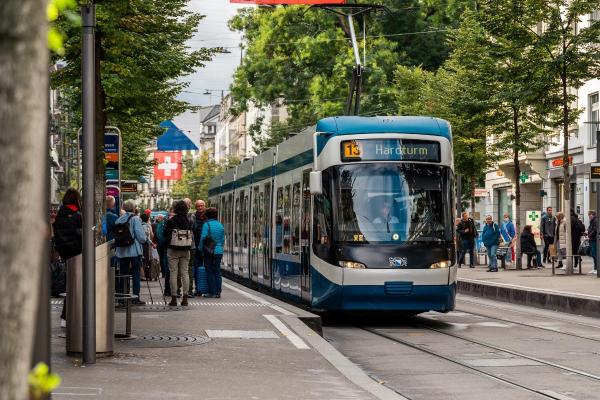
Singapore (Republic of Singapore)
Singapore is a unique example of how a densely populated city-state can be sustainable. Its innovative rainwater harvesting system and the integration of vertical gardens and green roofs into buildings are just some of the strategies implemented to be considered a sustainable city.
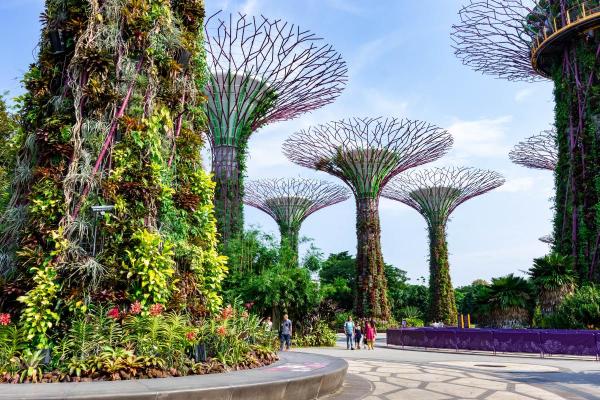
Freiburg (Germany)
Known as Germany’s green capital, Freiburg is a leader in solar energy and sustainable communities and aims to reduce its emissions by 50% by 2030. Districts such as Vauban are noted for being car-free and energy self-sufficient. The city also encourages urban agriculture and the reuse of resources.
Learn more about sustainable agriculture with our article asking what is regenerative farming?
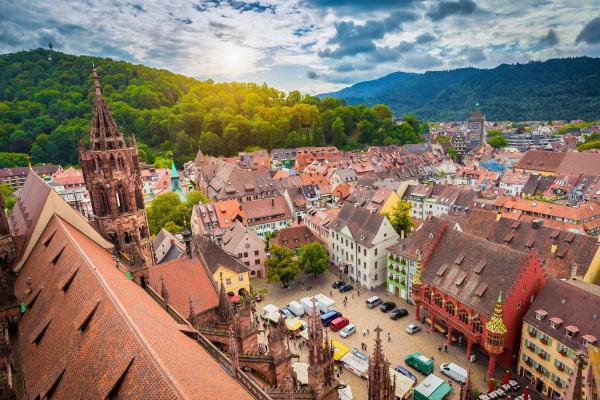
Oslo (Norway)
Chosen as the Green Capital in 2019, Oslo leads the way in electric vehicle adoption and is committed to reducing its carbon emissions by 95% by 2030. The city has an extensive electric public transport system and has implemented projects to reforest natural areas and protect its biodiversity.
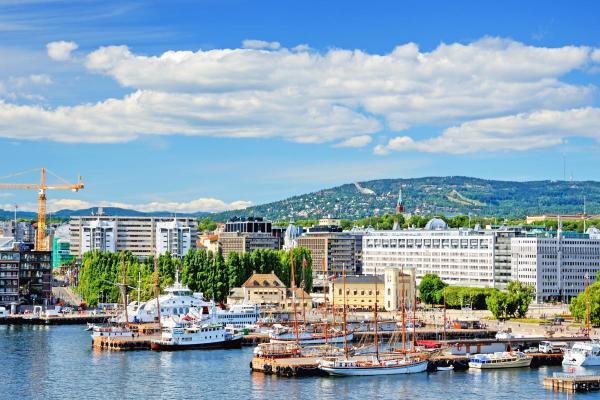
Ljubljana (Slovenia)
Awarded the Green Capital of Europe in 2016, Ljubljana is known for its zero-waste policies and revitalized car-free historic centre. It has also expanded its green areas and improved air quality to offer its residents a healthier environment.
Learn more about how cities deal with refuse in our article explaining what is the meaning of waste management?

Curitiba (Brazil)
As we can see, the majority of the world's most sustainable cities on our list are found in Europe, but it would be unfair to claim that such initiatives are exclusive to this continent. Known as the most sustainable city in Latin America, Curitiba stands out for its innovative public transportation system, which includes articulated rapid transit buses (BRT) and modern stations that prioritize efficiency and accessibility.
Curitiba also has a vast network of parks and green spaces designed to mitigate flooding and improve the quality of life of its inhabitants. It has been recognized in reports that measure the level of sustainability of the most important cities in the world, being distinguished as one of the greenest and cleanest cities in Latin America.
Air quality is one of the most significant parameters in determining a city's livability. Learn more with our guide to the different types of air pollution.

If you want to read similar articles to What Are the Most Sustainable Cities in the World?, we recommend you visit our Architecture and urban planning category.
1. The CPH 2025 Climate Plan. (n.d.). Technical and Environmental Administration, City of Copenhagen.
https://urbandevelopmentcph.kk.dk/climate
2. Greenest City Action Plan. (n.d.). City of Vancouver.
https://vancouver.ca/green-vancouver/greenest-city-action-plan.aspx